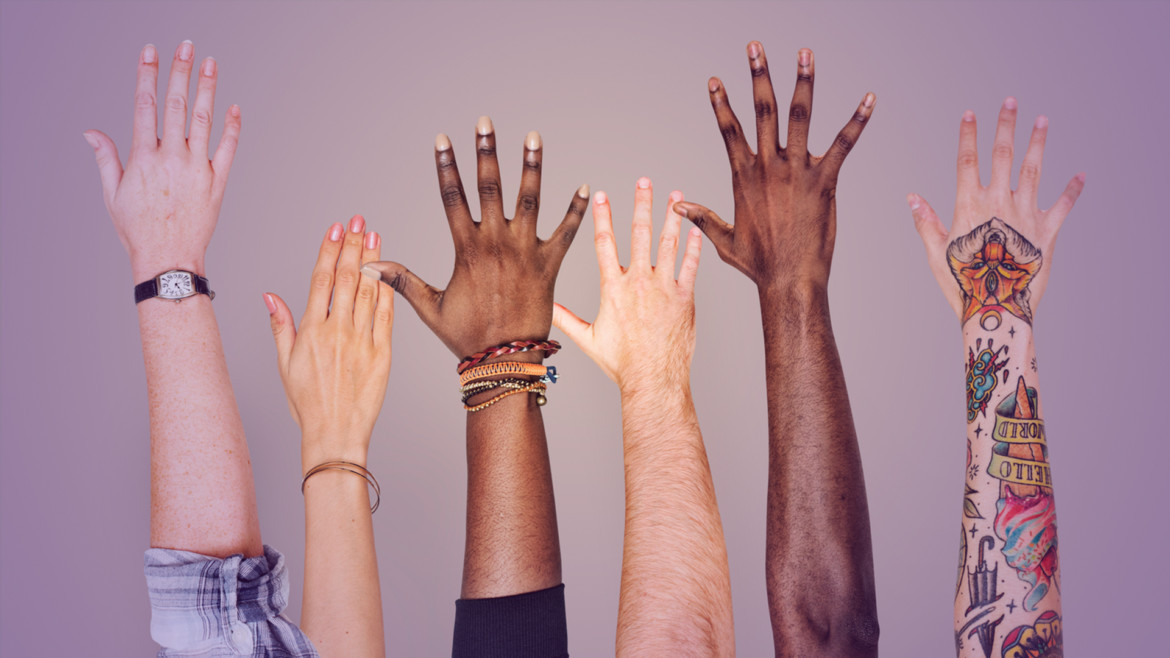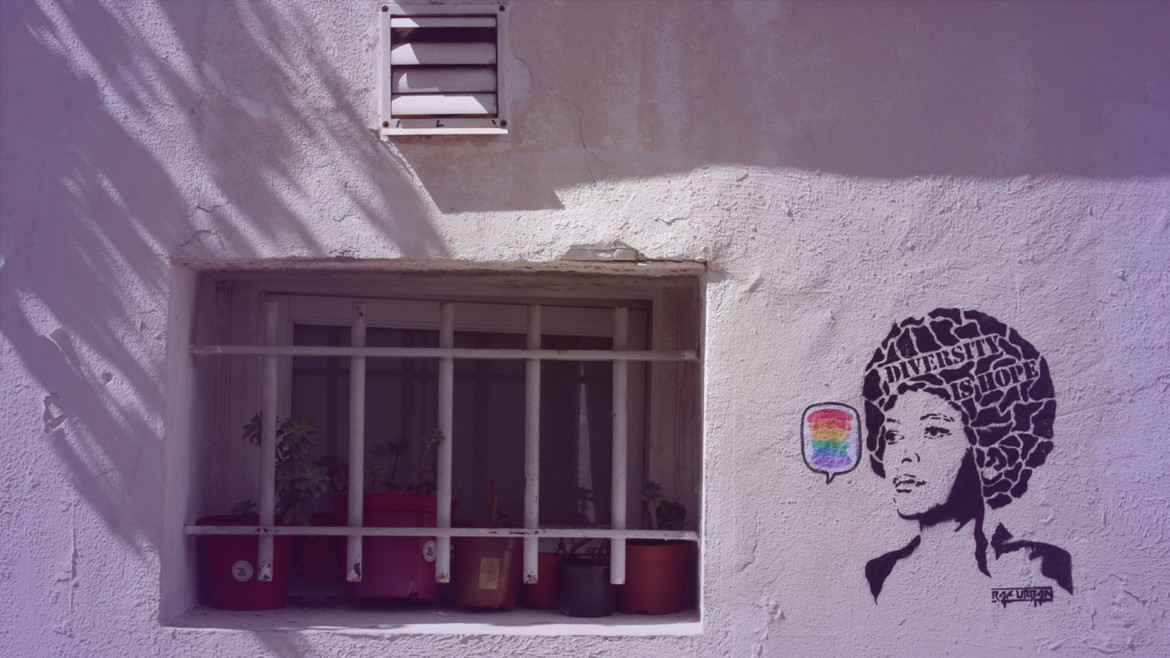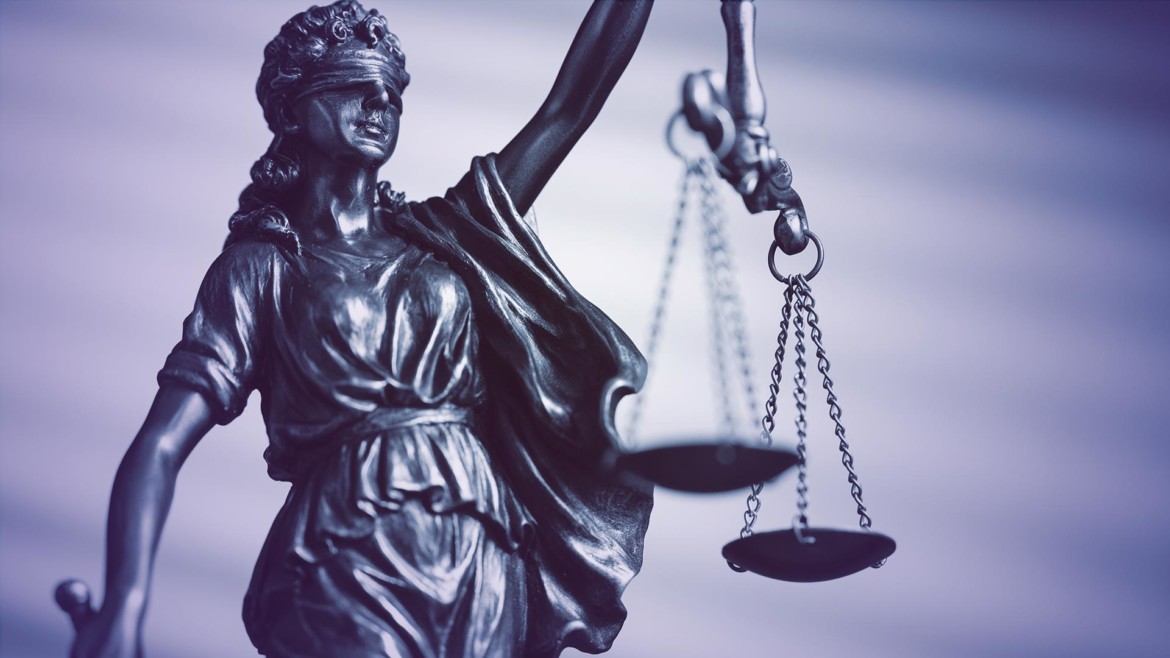More visibility against prejudices
Very often, cultural diversity is negotiated along migration themes. The more people with a migration background live in Germany, the greater the cultural diversity. While this is not entirely wrong, it reduces the term to the presence of other cultures, while other characteristics such as sexual orientation, biological age or physical and mental abilities are not addressed. This reduction can be traced back to the efforts of politically conservative and right-wing parties and movements. These attempt to position cultural diversity in terms of the “foreign” as the antithesis of a “German culture” and, to that extent, to denigrate it.
Visibility helps against such problematic adoptions and reductions of the concept of diversity. The more people are confronted with other identities and cultures, the less prejudice they will have towards them and the more openly they will encounter them. And this is not just about the reality on one’s own doorstep, but also about visibility in the media.
“The strength of a democracy is measured by how it treats its minorities.”
“The strength of a democracy is measured by how it deals with its minorities,” reads the Manifesto for a Plural, Postmigrant Germany by the New German Organizations. An important part of this dealing is the media representation of minorities.
On the one hand, media representations are supposed to depict our reality. But on the other hand, they also shape it. Let’s assume I live in a neighborhood where everyone is apparently like me and belongs to the same culture. If, in addition, I exclusively consume media offerings that also show me and confirm this homogeneous image, other identities and cultures will not get beyond the status of “stranger” for me. In this empty space of the “stranger,” fear and rejection can flourish.
Creating diversity with culture and creativity
The media representation of cultural diversity is therefore enormously important for our living together and dealing with all the different world views and ways of life. It plays an important role on the way to a society where all people have the same opportunities.
The cultural and creative industries play an important role here, as they produce a large proportion of media content. It is seen as open, dynamic and zeitgeisty, cultivating an exchange with marginalized groups and communities and giving them a voice.
The Minister of State for Culture and Media, Monika Grütters, also shares this assessment and emphasizes not only the economic power of the cultural and creative industries, but also their role in creating cultural diversity in Germany.
But is this image true at all, or is the cultural and creative industries, like any other, shaped by social stereotypes that they reproduce in their work and extend into society?
The film industry has a structural problem
The “Diversity in Film” survey was conducted in the summer of 2020 by the alliance of the same name to obtain data regarding diversity and discrimination in front of and behind the camera in the German-speaking film and television industry. In the end, over 6,000 filmmakers from 440 professions took part in the survey. The results are somewhat sobering.
Of just under 5,500 questionnaires that were included in the evaluation, more than 3,200 provided information on experiences of discrimination. The most frequent of these related to gender, age and racial attributions. Only one third reported such incidents. The results do not speak of an individual problem, but rather a structural one in the German-language film and television industry.
Actors are not only victims of discrimination behind the camera, but also in front of it. People of color, for example, very often have to slip into stereotyped roles in which they know little German or have to play the drug dealer in the park. Not only are they confronted with the very stereotypes they already have to deal with on set, they also have to reproduce these prejudices and give them a stage.
The participants in the survey were asked for their assessment of how clichéd certain characteristics such as origin, social status or sexual identity were portrayed on camera. The answers were clearest in the case of “Arab people”: 87.5% stated that they were stereotyped. Muslim people” and “Sinti and Roma” were close behind. It is possible that the simplified conflation of cultural diversity and migration is also evident here.
For those affected, it is almost impossible to overcome a stereotype if they are constantly confronted with it in a society and prejudged accordingly. This prevents cultural exchange on an equal footing, because stereotypes always mark out the foreign and generously equip it. Making cultural diversity visible does not mean reproducing clichés and prejudices in the media, but combating precisely these through non-stereotyped portrayals.
Diversity as a mascot
Public television and radio broadcasters have a political mandate to reflect social diversity. But if you watch shows like “Traumschiff” or “Die Rosenheim Cops,” you won’t find any of this diversity. Here, a white heteronormative world is portrayed. If characters deviate from this, they are portrayed in a clichéd manner – as “Diversity in Film” was also able to show – and their “foreignness” becomes an explicit topic. In large parts of the programming of the public broadcasters, the task is missed on a large scale. ARTE is probably the only positive example of how things could be done differently.
But in the meantime, even the public broadcasters are aware that the topic of diversity and its representation in the media was not a short trend that they can simply sit out. During a talk round at Medientage München 2020, Christoph Pellander, Head of Editorial and Program Management at ARD Degeto, said: “Things are already moving. But we also still have homework to do. The goal is to reach as many viewer groups as possible.”
ARD Degeto is responsible for the series “All You Need“, which is currently available in the ARD-Mediathek. The dramedy series stars four gay cis men who come from very different social settings. As the text for the show says, they are united by “the search for love and security”. That’s a big step for ARD. But it shouldn’t be too big either, since the series has only been running in the media library so far. It would be important to present the older audience of the main program, compared to the Mediathek, with alternatives to the white heteronormative world of “Rosenheim Cops.
Director and writer Soleen Yusef, who wrote “Deutschland 86” for Amazon Prime and the series “Skylines” for Netflix, said: “The doors are now wider open than before. But it’s not enough to use diversity as a mascot. It’s important that people with an immigrant background are also at the table.
“There is no such thing as a typical German viewer.”
Streaming platforms like Netflix and Prime have been pursuing a global strategy for some time. “There is no such thing as a typical German viewer,” said Rachel Eggebeen, who is responsible for Netflix’s German-language productions. “The more people you represent in your content, the more people watch it.” So people from marginalized groups don’t just show up on Netflix as mascots or problem cases. Their presence becomes a matter of course in leading and supporting roles.
The importance of cultural diversity is now also on the corporate agenda. And it’s doing so in two ways. On the one hand, there are an increasing number of studies that show that heterogeneous teams work more effectively and achieve greater success, which changes hiring policies. Second, image is an important marketing aspect, especially among younger people, which can determine the success of companies and products. Thus, cultural diversity is also an important issue in advertising, where it is back on the tables of creative professionals.
Social-washing in advertising
One successful example is the U.S. corporation P&G, which in recent years has very actively focused on cultural diversity and anti-discrimination as an advertising strategy.
The result is a positive image and increased sales. Here in Germany, too, the visibility of cultural diversity in advertising is increasing. On the one hand, this is good, but on the other hand, it is often just so-called social washing. In other words, it is only about improving the image and does not reflect the corporate reality. This comes to light especially when there are missteps due to a lack of sensitivity and expertise, as was the case with H&M three years ago or last year with VW. Instead of increased sales figures, there is then a shit storm that has the opposite of the desired effect.
For creative professionals, it can be worthwhile to have a certain expertise and sensitivity in the area of cultural diversity. After all, it’s not uncommon for their products to contribute to visibility. Unfortunately, this does not protect creative professionals from becoming victims of discrimination themselves. Moreover, creative professionals are still too often confronted with white- and heteronormative-dominated hierarchies and power structures that prevent what we so desperately need.
The media influences our view of the world and can be crucial in determining whether we encounter other identities and cultures in a “foreign” and hostile way or in an open and friendly way. For this, it is important that we have an open dialogue with those affected by discrimination and bring them to the decision-making table. Not only in the creative industry, but always and everywhere.







Leave a Reply